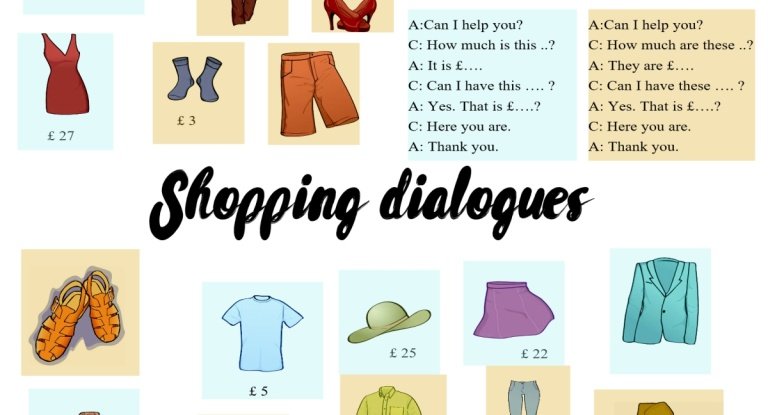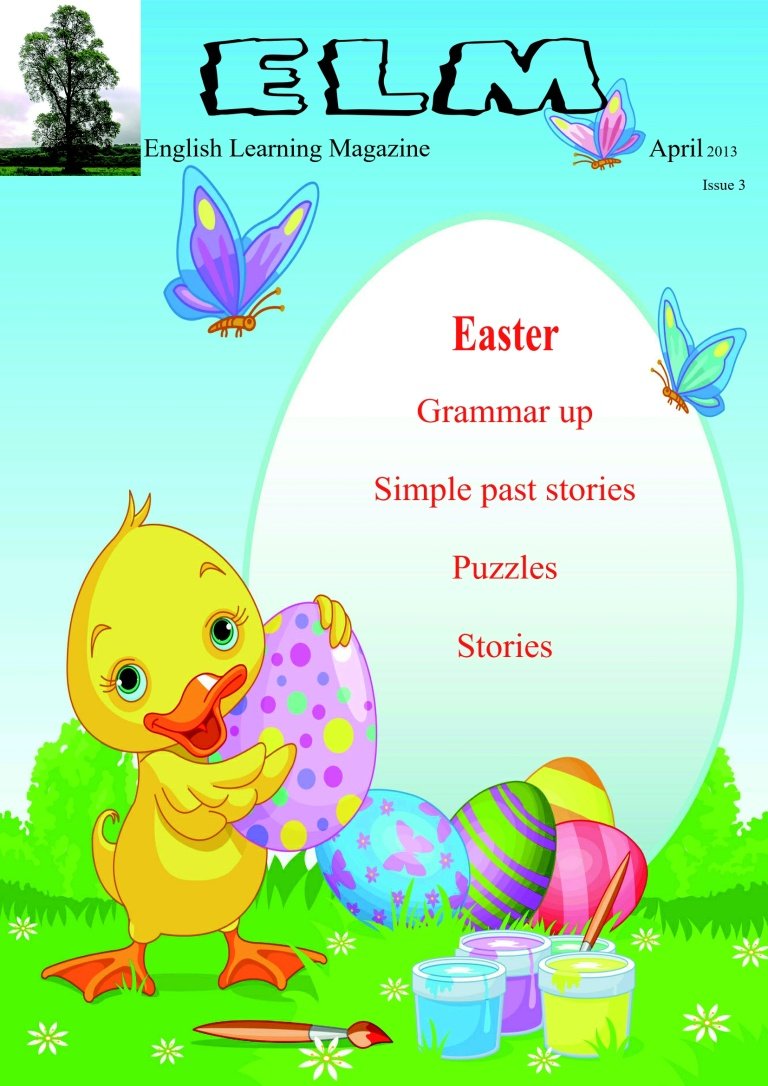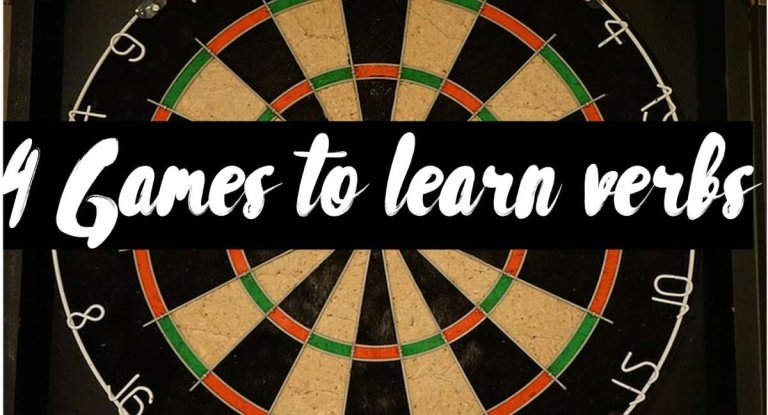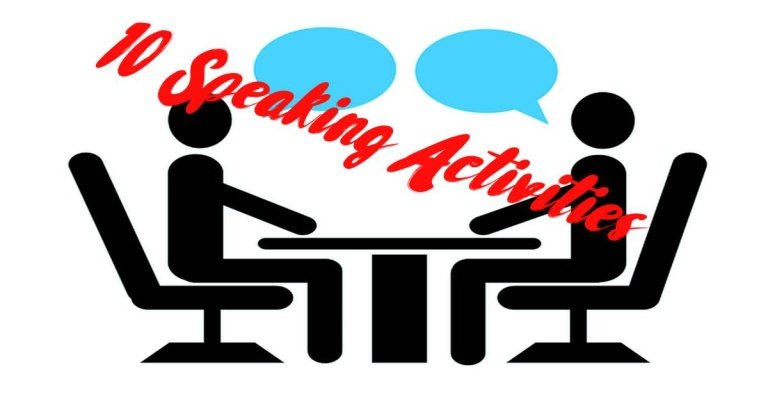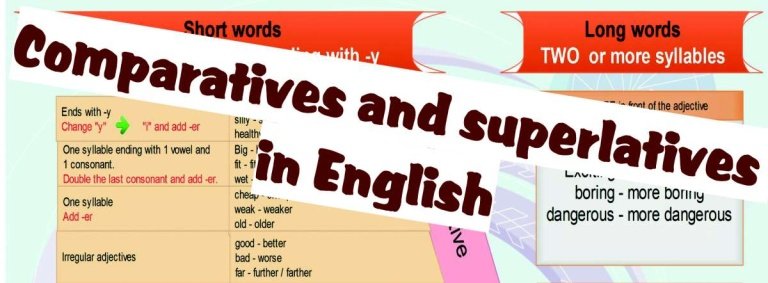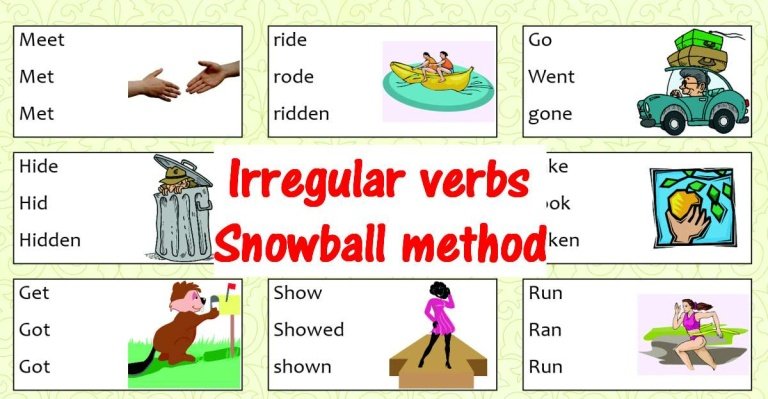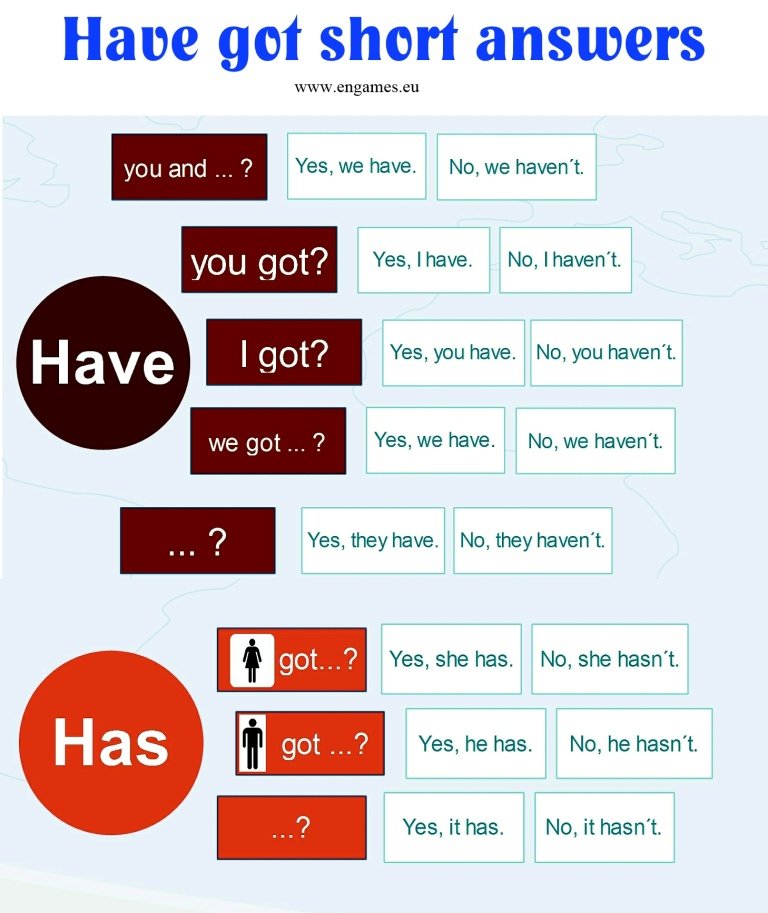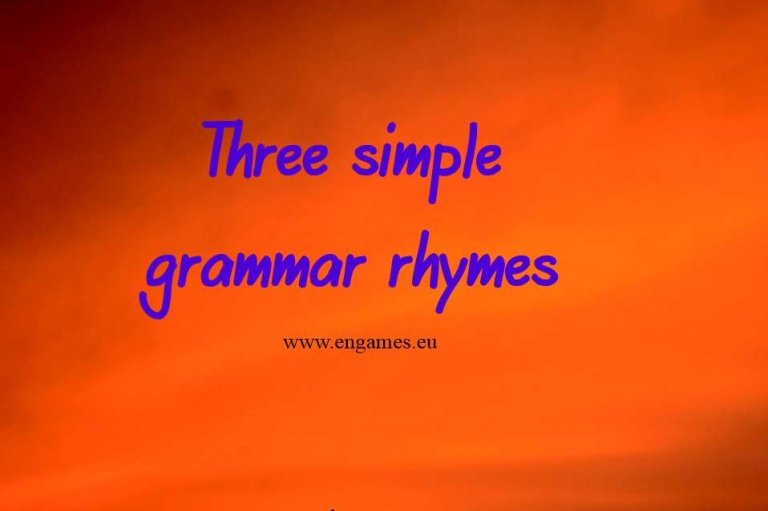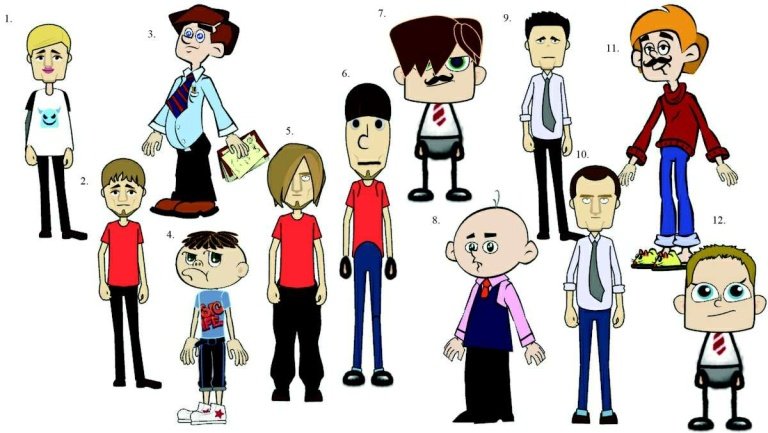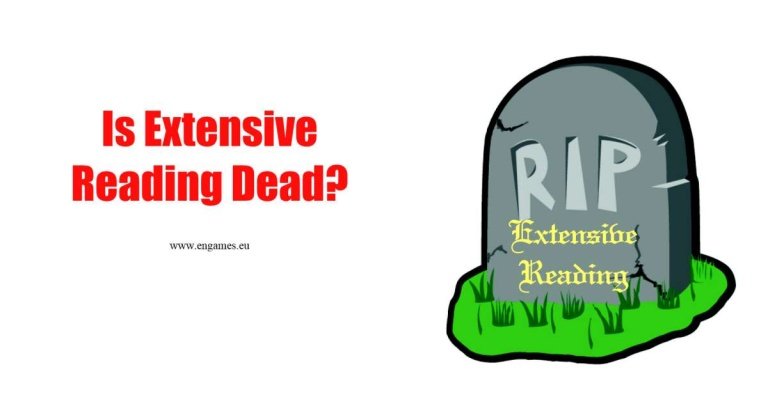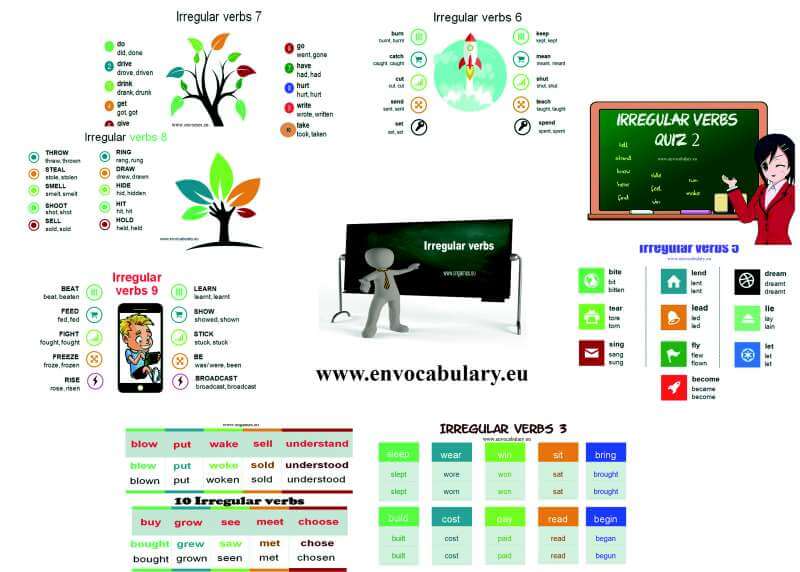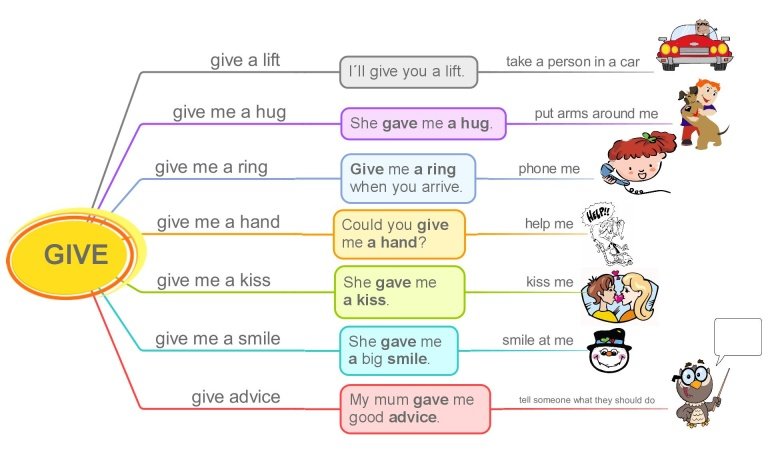Two speaking activities for elementary students
Speaking activities are essential in a communicative approach. Most people agree that students should communicate ever since they start learning English. However, it is really difficult to design genuine communicative tasks for low-level students of English. In this post, I would like to share two communicative tasks for beginners. In the first one, students practise…
